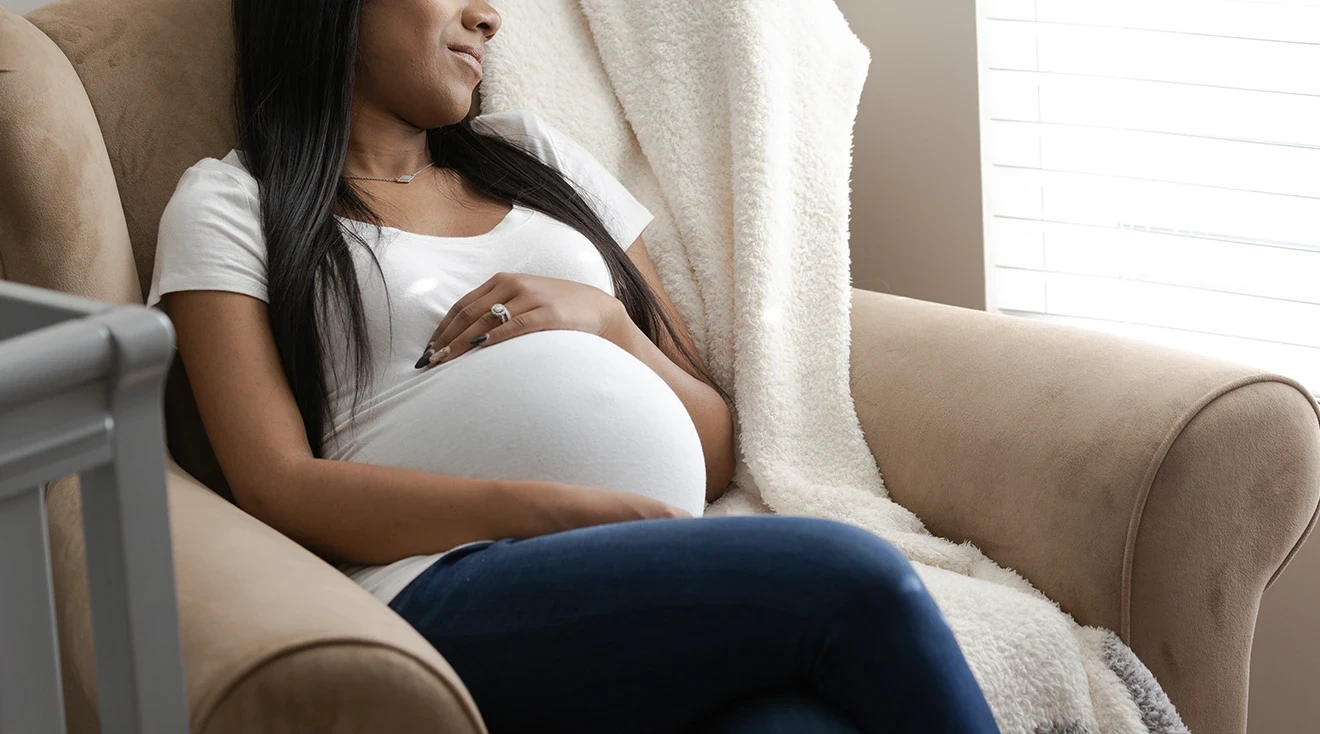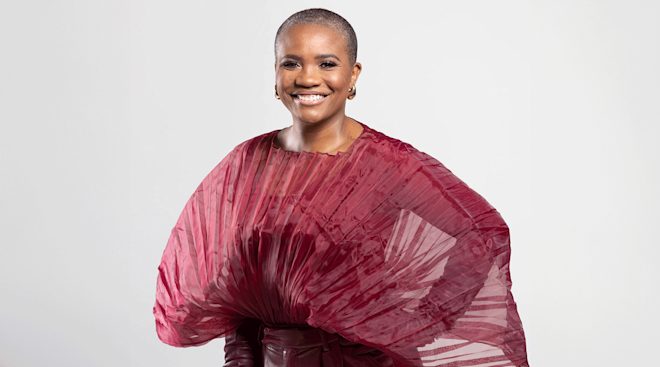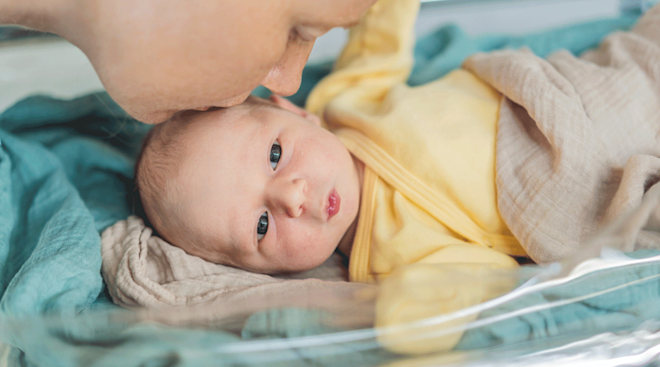White House Highlights Game-Changing Maternal Health Initiatives
Each year, the maternal health crisis affects thousands of American women, from those who experience significant short- or long-term health consequences to those who lose their life. Women in the US are dying at a higher rate, 32.9 deaths per 100,000 live births, from pregnancy-related causes than women in any other developed nation.
For some women, the risk is much higher. Regardless of income or education level, Black women are three times as likely to die from pregnancy-related complications and women who live in rural areas are 60 percent more likely to die.
To combat this crisis, the White House put forth a Blueprint for Addressing the Maternal Health Crisis in June 2022. The detailed plan outlined five priorities to improve maternal health outcomes in the US and 50 actions that over a dozen federal agencies were tasked with seeing through to help improve maternal care. Now, two years later, the administration is providing an update with what has been achieved and what more there is to come.
Here are some highlights of the progress made over the past two years:
- Federal Health and Safety Standards: Established baseline requirements for maternal emergency and obstetric services in hospitals.
- Extended Medicaid Coverage: Increased postpartum Medicaid coverage from 2 to 12 months and promoted state coverage for doula services.
- Birthing Friendly Hospital Designation: Introduced a new birthing-friendly designation to help women find high-quality maternity care.
- Maternal Mental Health Support: Launched the National Maternal Mental Health Hotline, connecting nearly 38,000 individuals to 24/7 support.
- Workforce and Training Investments: Invested in growing and diversifying the perinatal workforce, and trained providers on maternal mental health and substance use disorders.
- Veterans’ Maternity Care: Expanded the VA’s maternity care coordination program for pregnant and postpartum veterans.
- Research and Community Health: Invested in research initiatives and new community health center efforts to address maternal health disparities.
- Maternal Health Awareness Campaigns: Expanded the “Hear Her” campaign and hosted events to connect people with maternal health resources.
- Workplace Protections: Worked to protect pregnant workers and nursing women on the job.
- Nutrition and Food Security: Modernized the WIC program to combat food insecurity.
For a detailed update on these initiatives and more, check out the full Maternal Health Update at WhiteHouse.gov You can also find support for you and your family at HHS.gov and here at The Bump through the Black Maternal Health Hub.
Navigate forward to interact with the calendar and select a date. Press the question mark key to get the keyboard shortcuts for changing dates.





















































